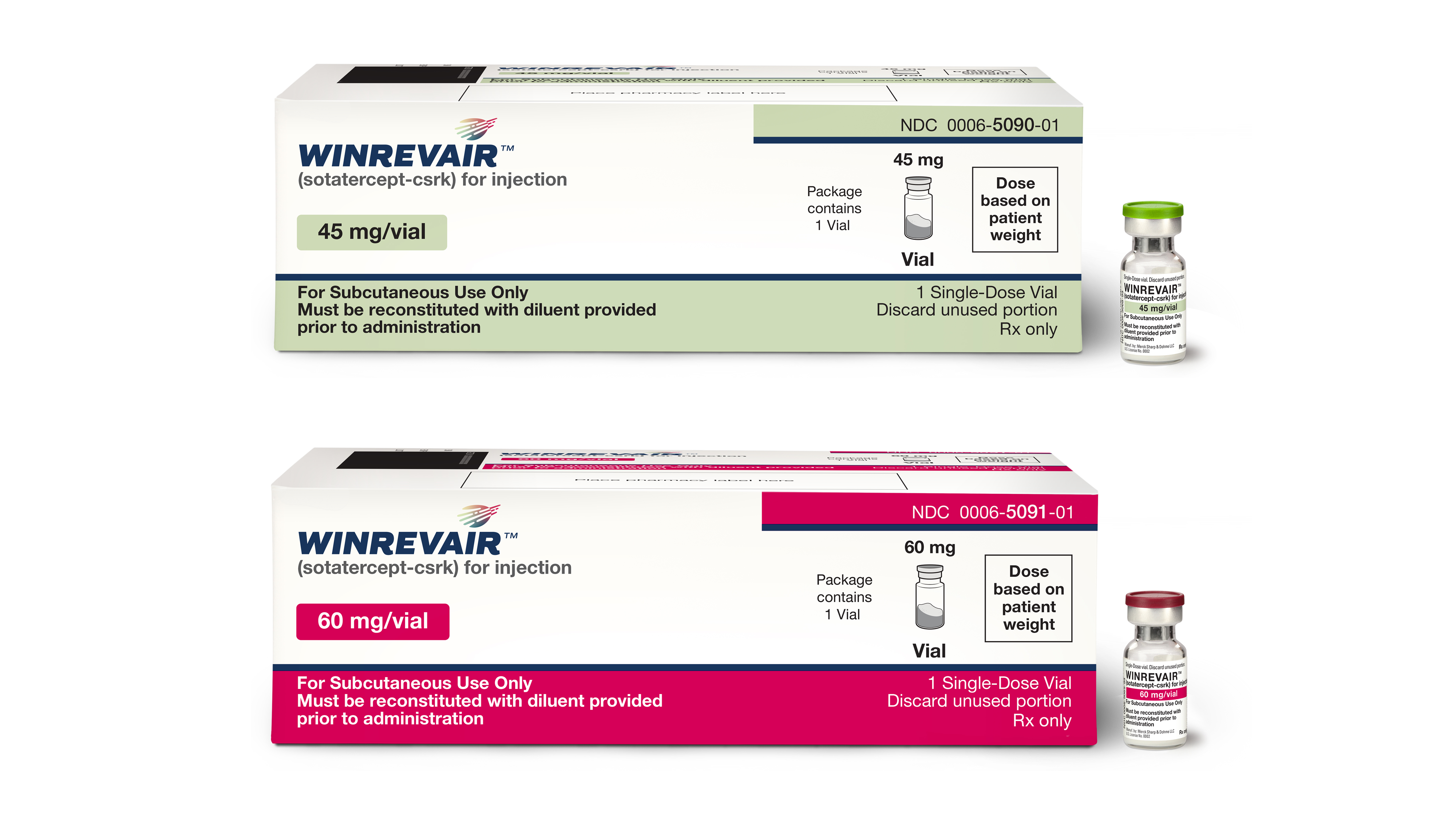The European Commission has granted marketing approval to Shire’s new hemophilia drug, Adynovi. While the news is a win for the Irish drugmaker, the company is still bracing for the impeding market competition from Roche’s Hemlibra.
Adynovi is indicated for the treatment of patients over the age of 12 as a prophylactic or on-demand therapy for hemophilia A. The biologic was original approved by the US Food and Drug Administration (FDA) and is marketed as Adynovate in the US.
“The European approval of Adynovi is an important milestone in our continued commitment to provide new treatment options for patients living with hemophilia A,” said Dr. Peter Foertig, Global Head Hematology Medical Affairs, Shire. “We believe that the twice-weekly prophylactic dosing, as well as the on-demand control of bleeding, offered by Adynovi will bring us closer to our goal of improving and personalizing disease management for hemophilia A patients in Europe.”
While sales of Adynovate totaled around $20 million in 2017, analysts at investment bank Cowen & Co. expect competitor products like Hemlibra to grab 50 percent of hemophilia patients by 2022. Sales of Shires other hemophilia drug Feiba are also expected to take a hit from the launch of Hemlibra.
So, what’s Hemlibra’s advantage over other hemophilia drugs? Analysts say that it’s once-weekly dosing regimen will entice patients on shorter-acting therapies to make the switch.
Cowen analysts made their predictions based on a recent survey of 25 hemophilia experts who are responsible for the care of over 950 patients with the bleeding disorder. The physicians said they’re currently waiting for more safety data from Roche before prescribing Hemlibra to their patients, however they expect that 31 percent of their patients will be transitioned to the drug within the next three years.












Join or login to leave a comment
JOIN LOGIN